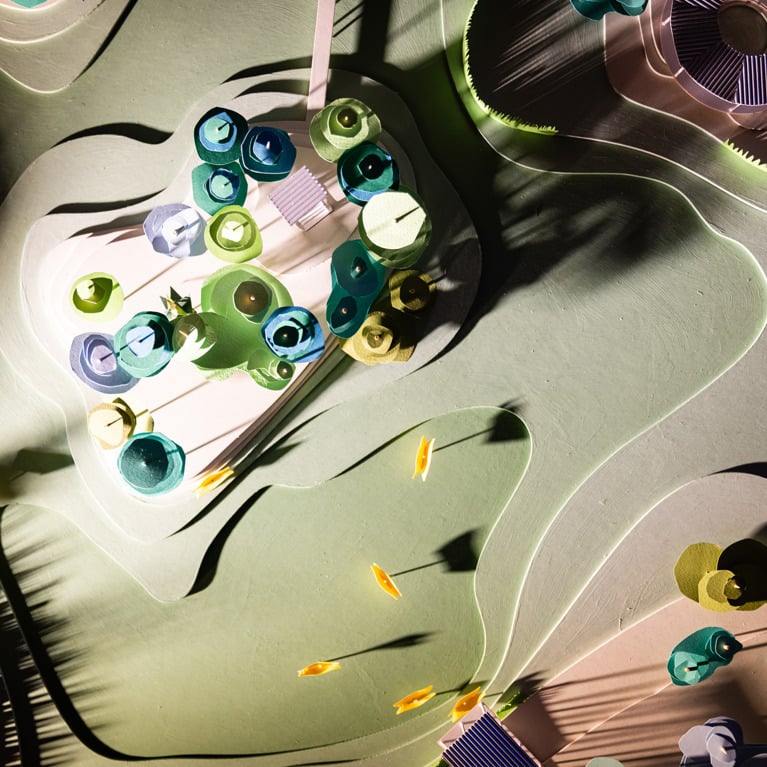Popular Links

Architecture in action
Discover how our staff and students harness creativity and technology to foster innovation and create positive change.
UTS and Space Machines Company are creating Australia’s largest industrial-scale spacecraft manufacturing facility.
Solar panels can be a low priority for cash-strapped homeowners – but a ‘use it or lend it’ program could help
Discover design and creativity at our end of year student showcase, November 2025
Learn how Rhiannon Brownbill uses architecture to create more humane and healing healthcare spaces.
A UTS-led team has made a major breakthrough in analog computing.
Discover design and creativity at our end of year student showcase, November 2025
UTS and Space Machines Company are creating Australia’s largest industrial-scale spacecraft manufacturing facility.
Learn how Rhiannon Brownbill uses architecture to create more humane and healing healthcare spaces.
Solar panels can be a low priority for cash-strapped homeowners – but a ‘use it or lend it’ program could help
A UTS-led team has made a major breakthrough in analog computing.
Design curious?
What will homes look like in the future? How is new technology changing the way homes are designed and built? In this episode of Curiosities, Professor of Architecture, media presenter, and UTS academic Anthony Burke explores your curious questions about design, innovation, and the future of the spaces we live in.
Why UTS?
Study in the heart of Sydney’s technology precinct at Australia’s #1 ranked young university. Our courses are highly-regarded, developed in partnership with industry leaders using practice-based learning approaches. No matter what path you choose, you'll learn the skills to become an innovative and creative thinker, driving positive change in society.
-
trophy TOP-RANKING
#1 young university
In Australia, ranked for excellence in teaching, research impact, industry engagement and international outlook.
Times Higher Education Young University Rankings 2024
-
workspace_premium INTERNATIONALLY RECOGNISED
Top 100 worldwide
Ranked #96 globally, UTS stands among the world's leading universities, recognised for academic excellence and industry impact.
QS World University Rankings 2026
-
payments GRADUATE OUTCOMES
93.3% employed
Measured three years post-graduation, reflecting strong career readiness and employer demand for UTS graduates.
2024 Graduate Outcomes Survey – Longitudinal











